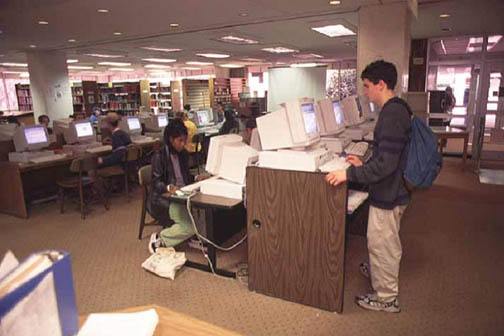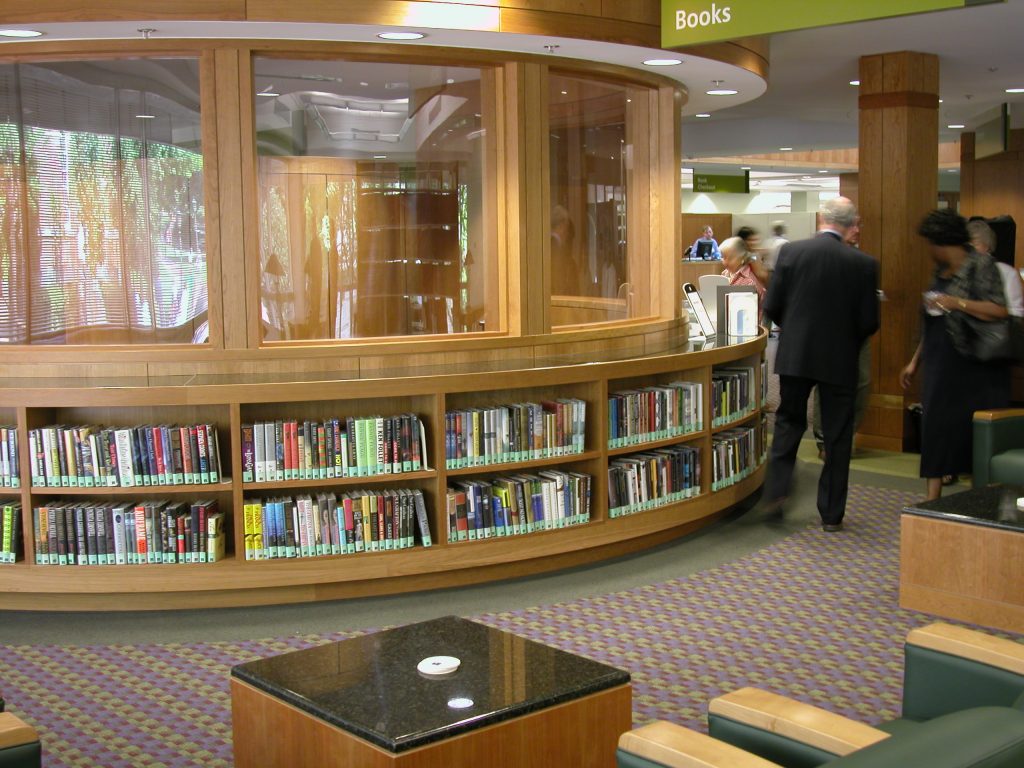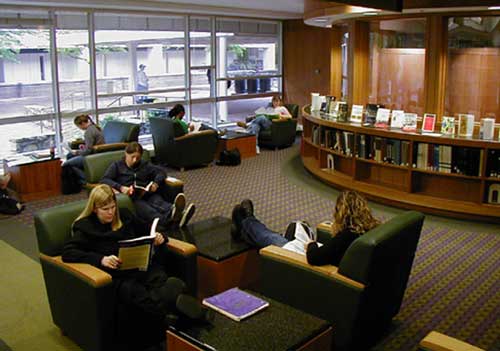
If you have ever stumbled across a webpage with this banner across the top of it, you’ve encountered the Wayback Machine. The Wayback Machine was developed by the Internet Archive in 1996 to start archiving the web, and since then it has collected around 240 billion web pages.
In 2006 the Internet Archive launched Archive-It, which is a hosted service that allows institutions to create their own web archives.
In January of 2013, the UNC Libraries began archiving websites in five different collections. These collections support existing collecting areas in the Libraries and include
- Digital Artists’ File curated by the Sloane Art Library,
- North Carolina Collection Web Archives,
- Rare Book Collection Web Archives,
- Southern Historical Collection Web Archives, and
- University Archives Web Archives.
You can browse all of our collections through Archive-It, and individual websites have been cataloged for access through the UNC Libraries’ catalog.
Additionally, websites that are part of existing archival collections are described in that collection’s finding aid. For example, you can see description of and get access to an archived version of the North Carolina Literary Festival’s 2009 website from the finding aid for the records of the North Carolina Literary Festival.
Here’s a snippet from that web site, showing the banner that Archive-It uses to let the viewer know that they’re looking at an archived web page.








